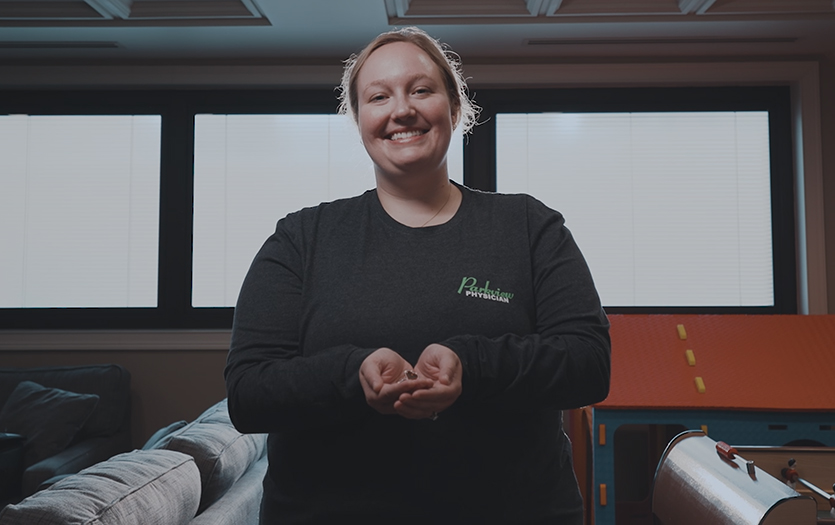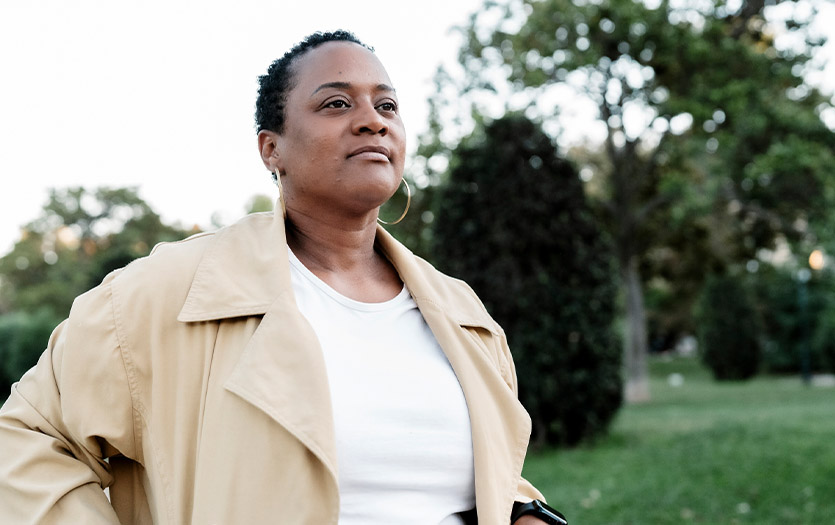You are never too old – or too young – to protect and improve the health of your bones.
What is osteoporosis?
Osteoporosis is a disease characterized by low bone mass, which causes bones to become fragile. As bones become fragile, the risk of fractures to the hip, spine and wrist increases. Osteoporosis is often called the silent disease because bone loss occurs without symptoms. If not prevented, or if left untreated, osteoporosis can progress painlessly until a bone breaks.
How many people are affected by osteoporosis?
Osteoporosis is a common disease that affects millions of Americans, and 80 percent of those with the disease are women. A woman’s risk of developing osteoporosis is equal to her combined risk of breast, ovarian and uterine cancer.
How do I know if I have osteoporosis or am at risk?
Your doctor will perform an examination and ask questions about your medical history, lifestyle and family history. Based on the medical assessment, your doctor may order a bone density test to measure the bone density in various sites of your body. These tests are painless and safe.
What are the risk factors?
You may be at risk of developing osteoporosis if you:
- Have a thin or small frame
- Have a family history of osteoporosis
- Smoke cigarettes
- Consume alcohol excessively
- Are inactive
- Consume excessive salt or caffeine
- Have a diet low in calcium
- Are Caucasian or Asian
- Reach menopause before age 45 (naturally or surgically)
- Use thyroid, anti-convulsive and cortisone-like drugs.
How can I help prevent osteoporosis?
While osteoporosis if often thought of as a postmenopausal condition, peak bone mass is reached around age 30. Preventative activities at a young age can help you develop and maintain healthy bones, such as:
- Regular exercise
- Eating a calcium-rich diet
- Getting enough Vitamin D
When you purchase vitamins or supplements, labels will list the amount of each ingredient by either milligrams or international units. Both are measurements for the mass or volume in the vitamin or supplement.
How much calcium do I need?
| Ages | Milligrams per day (commonly seen as mg) |
| 9-18 | 1,300 |
| 19-50 | 1,000 |
| 51 and older | 1,200 |
To learn how much calcium a product contains, you can also use the product label on packaged foods and in vitamin/mineral supplements. The Food and Drug Administration uses the phrase “Percent Daily Value” (% DV) to describe the amount of calcium a food or supplement provides in relation to the general U.S. population’s daily needs. The 100% DV level for calcium equals 1,000 mg.
The % DV on the “Nutrition Facts” panel of a food label or the “Supplement Facts” section of a vitamin /mineral supplement tells how much calcium one serving provides in relation to 1,000 mg. For example, if a food or supplement provides 200 mg of calcium per serving, the label would show a 20% DV for calcium (200/1,000 = 20%).
How much Vitamin D do I need?
| Ages | International Units per day (commonly seen as IU) |
| Birth | 400 |
| 19-49 | 400-800 |
| 50 and older | 800-1,000 |
What services does Parkview Center for Healthy Living offer?
Bone density screenings
The Center for Healthy Living offers free bone density screenings, which are pain free and take approximately 15 minutes. If you are found to be at risk for osteoporosis, we will send you with the results to give to your doctor for further testing. You will be given a T-score, which indicates whether or not bone loss has occurred
Osteoporosis education for all ages
The Center for Healthy Living has information available in classes or in one-on-one wellness sessions regarding risk reduction and prevention strategies,
What services does Parkview Women’s Health Physical Therapy offer?
- Physical and occupational therapy
- Balance assessment and training
- Posture assessment
- Flexibility and strength training
- Home safety assessment
- Family/caregiver training
- Adaptive equipment recommendations (purchase or rental)
- Extremity strength assessment and resistance exercise program
- Fall-prevention education
- Functional activities modification
- Core stabilization program



